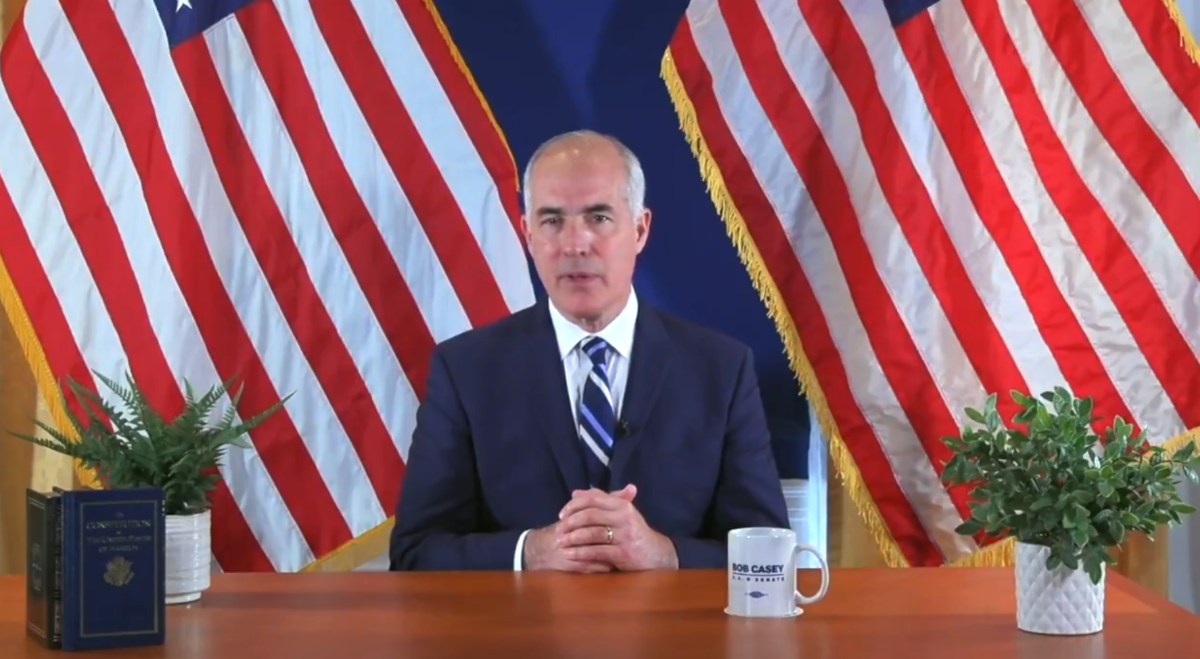Ohio AG: Amendment Would Legalize All Abortion
Ohio Voters May Effectively Legalize All Abortion, Says Attorney General
Next month, Ohio voters will have the opportunity to make a significant decision regarding abortion rights. Ohio Attorney General Dave Yost recently issued a legal analysis stating that the proposed constitutional amendment on abortion would grant greater rights to abortion than even the Supreme Court’s overturned Roe v. Wade ruling.
There is no more serious exercise of power than when the sovereign people exercise their power to directly enact a statute or a constitutional provision.
As the chief legal officer for the people of Ohio, today I published a legal analysis of the effects of Issues One and Two.
— Attorney General Dave Yost (@DaveYostOH) October 5, 2023
The attorney general explained that the amendment would provide extensive protection for abortion, making it harder for any law covering “reproductive decisions” to survive. It would limit the state from burdening or discriminating against pregnant mothers and would require the state to adhere to widely accepted standards of care.
If the amendment passes, it could lead to the elimination of various existing laws, including pre-viability limits on abortion, bans on abortions after 20 weeks and post-viability, bans on discriminatory abortions, and requirements for waiting periods and informed consent. Additionally, Ohio’s regulations on abortion pills and ban on taxpayer-funded abortions could be threatened.
One concerning aspect of the proposed amendment is its lack of specificity regarding age limits. By using the term “individual” instead of “woman,” the amendment could potentially grant minors the right to abortion without parental consent, which goes against current Ohio law. It is uncertain whether this language choice would also allow minors to undergo gender transition procedures without parental involvement.
Furthermore, the amendment does not define “health,” leaving it up to doctors to determine if post-viability abortions are necessary for the mother’s health. This lack of definition gives sole discretion to physicians without requiring a second opinion or objective criteria for evaluating their professional judgment.
Attorney General Yost emphasized that the legal analysis aims to promote accurate public discourse and does not pass judgment on policy. He acknowledged the potential for inflammatory and inaccurate rhetoric surrounding the proposals and emphasized the importance of providing quality information to the public.
CLICK HERE TO GET THE DAILY WIRE APP
How do pro-choice activists respond to the proposed amendment and what concerns do they have regarding its language and potential impact on reproductive rights
37562″ dir=”ltr”>March 4, 2024
The proposed constitutional amendment, known as Issues One and Two, would change the Ohio Constitution to include language that recognizes the “right to life” of every person from the moment of conception. This would effectively ban all abortions in the state, even in cases of rape, incest, or when the life of the mother is at risk.
Ohio Attorney General Dave Yost argues that this proposed amendment goes even further than the controversial Roe v. Wade ruling, which recognized a woman’s constitutional right to have an abortion. Yost believes that if passed, the amendment would effectively legalize all abortions, as it would grant embryos and fetuses the same constitutional rights as fully formed human beings.
In his legal analysis, Yost emphasizes the power of the people to directly enact statutes or constitutional provisions. He states, “There is no more serious exercise of power than when the sovereign people exercise their power to directly enact a statute or a constitutional provision.” He sees the proposed amendment as an opportunity for Ohio voters to express their beliefs and values on the issue of abortion.
However, not everyone agrees with Yost’s interpretation. Pro-choice activists argue that the amendment would severely restrict women’s reproductive rights and could have unintended consequences. They fear that the language regarding the “right to life” from conception could be interpreted to outlaw not only abortion but also certain forms of contraception, such as the morning-after pill or intrauterine devices (IUDs).
Opponents to the amendment also argue that it is unnecessary. Ohio already has strict regulations on abortion, including a ban on abortions after a fetal heartbeat is detected. They believe that the proposed amendment is an attempt to further limit access to abortion and infringe upon women’s bodily autonomy.
Supporters of the amendment, on the other hand, argue that it is necessary to protect the rights of the unborn and to align Ohio’s laws with their moral and religious beliefs. They believe that life begins at conception and that it is their duty to protect and defend the rights of the most vulnerable members of society.
Both sides of the debate acknowledge that the proposed amendment, if passed, would likely face legal challenges. The language of the amendment is broad and could be open to different interpretations. It remains to be seen how Ohio voters will decide on this important issue and what the implications will be for the future of abortion rights in the state.
Regardless of the outcome, the debate over abortion rights will continue to be a divisive and emotionally charged topic in Ohio and across the United States. It is a debate that touches on deeply held beliefs, values, and the question of when life begins. The decision that Ohio voters make next month will have far-reaching consequences, not just for the state but for the broader national discussion on reproductive rights.
" Conservative News Daily does not always share or support the views and opinions expressed here; they are just those of the writer."





Now loading...